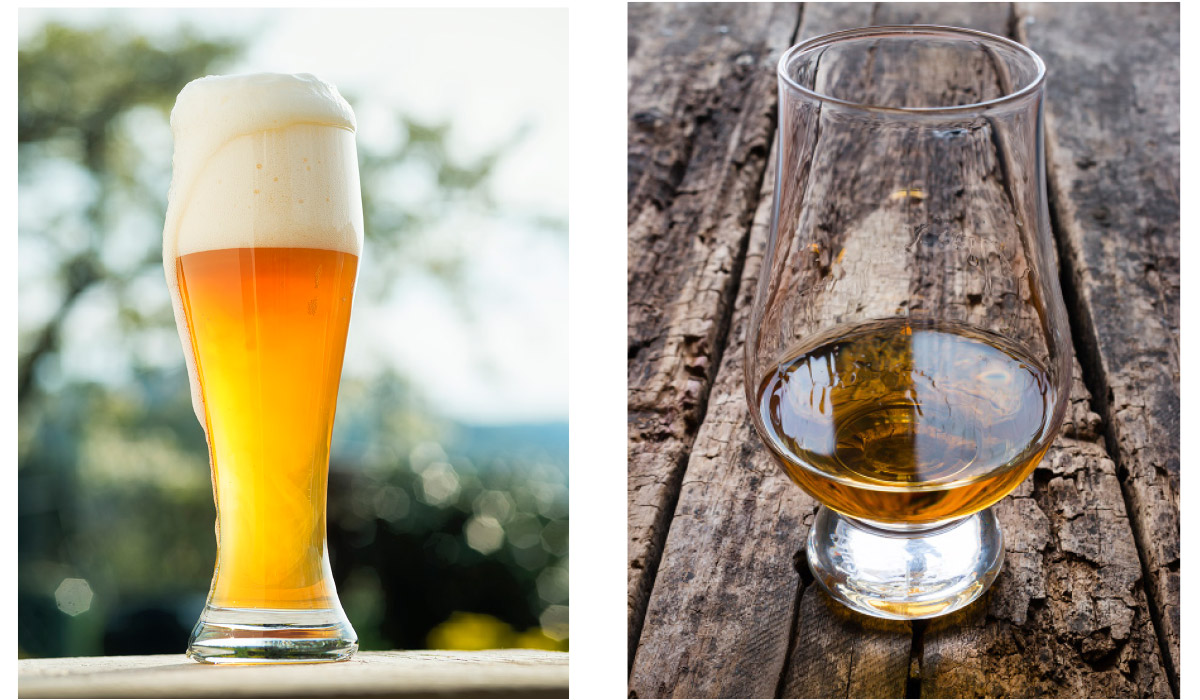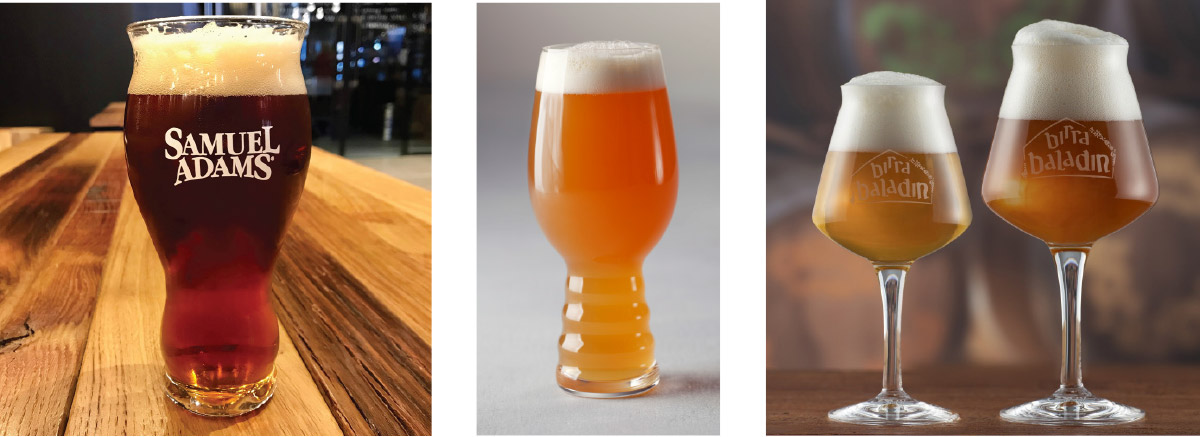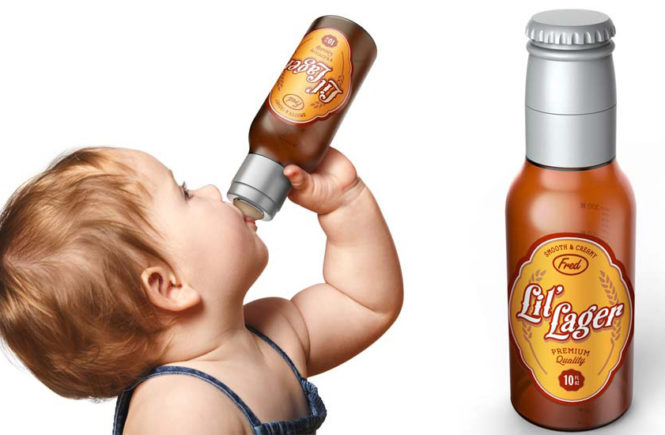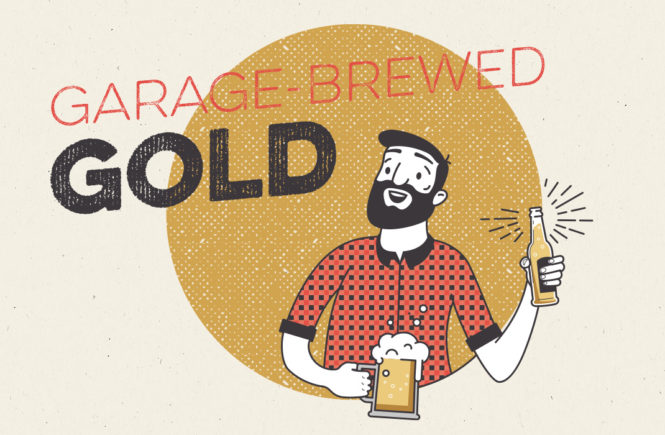
So you have tracked down that hard-to-find beer that everyone is talking about. Or maybe you have a friend who has decided to share some of their cellar full of world class aged beer. Are you planning to drink that special beer right out of the bottle or can? Or maybe use your trusty Mason jar? Of course not. One of the great joys of exploring beer is the joy of exploring beer glassware. Maybe you received a beer glassware gift pack for the holidays and are now ready to dive even deeper into the strange, exotic and sometimes downright weird world of beer glassware.
With the drinking population’s thirst for novelty in beer, it can sometimes be easy to forget that beer has been a part of human culture since before recorded history. This long history of imbibing also has a deep pool of historical drinking vessels to go with it. It seems that as soon as humans started to ferment alcohol they also started exploring fun and diverse ways to drink it. Exploring the world of historical beer glassware can be exciting, enlightening, addicting and, of course, sometimes expensive.

Like the relationship between German hefeweizen and the perfect glass to drink it, the weissbier vase, many beer glasses have developed with a definite beer culture, style or even individual beer in mind. Take, for instance, the Scottish thistle glass. It is a common mistake to believe, not unreasonably, that this glass is meant for scotch whisky—but there is plenty of evidence that it can be used for Scottish style beer. All glassware should, in theory, accentuate one, if not two aspects of the beer in it, mainly appearance and/or aroma. The thistle glass, designed to look like the Scottish national flower, has a bulbous base that, like a tulip glass, will capture and condense aromatics. The radical changes in the diameter of the glass will also show off the reddish hue of Scottish beer better than most, while the outward flare of the glass lip helps to deliver the beer better.
Another strange glass that has a definite association with not just a single beer style but with a single beer is the unique stirrup cup associated with Pauwel Kwak beer brewed by the Belgian brewery Bosteels. A stirrup cup is a drinking vessel that is used by someone on horseback. Pauwel Kwak beer is named after an inn owner and brewer who supposedly invented the distinct glass, its most prominent feature being the rounded bottom, which makes it impossible to put down unless using the wooden frame that comes with it. The glass resembles a smaller yard glass, if you can remember that glass shape from your freshman days. The glass, thankfully, works quite well with other amber Belgian style ales if you’re willing to try.

While beer glassware has a deep history it is also true that there have been some exciting new developments in recent years. Like beer itself, there has never been a more exciting time in beer glassware. One could argue that it was one of the craft beer pioneers that first started the new glassware explosion. Samuel Adams founder Jim Koch developed a new glass a few years ago, the Perfect Pint, supposedly based around a bunch of science and then heavily promoted it. This seems to have started a mini arms race as craft brewers teamed up with prestigious glassware manufacturers to develop stylish new glasses.
Two such styles that have noticeably taken off are the IPA glass and the TeKu. The IPA glass was designed by glassmaker Spielgelau, Sam Calagione of Dogfish Head and Ken Grossman of Sierra Nevada specifically to capture the aromatic qualities of IPAs. It’s become widely embraced by craft beer fans with almost every craft brewery selling something of a similar shape.
The TeKu glass was developed by Italian brewer Teo Mussa and beer expert Lorenzo “Kuaska” Dabove in collaboration with Italian glassmaker Rastal. It is designed to be the “world’s best beer glass” but it is being most quickly adopted as a great glass to use for sours, specifically crafty, new world sours. It must be said that any glass with a stem, whether it’s a TeKu or a tulip, immediately seems to elevate most beers, even if just by putting the drinker in a different state of mind. Stemmed glassware seems to notify the drinker that this is something more serious and sophisticated, not just pouring cheap lager down your throat. The TeKu wonderfully exploits this reaction.
This, of course, is just the tip of the iceberg of extreme glassware, both modern and historical. In addition to those innovative chalices that improve your organoleptic enjoyment, there are also pieces of glassware that are de rigueur for individual occasions. What would Oktoberfest be without the liter Maßkrug, or the English Pub without a dimpled mug for your pint of bitter?
Glassware should always enhance your experience whether it is a set dressing or a tool to improve your tasting ability. Above all else, keep it clean and give it a rinse before you pour your beer. j




